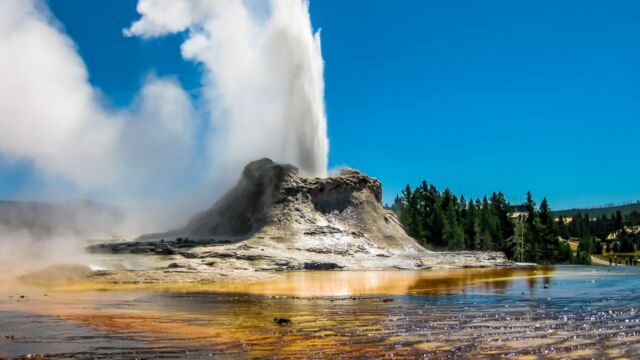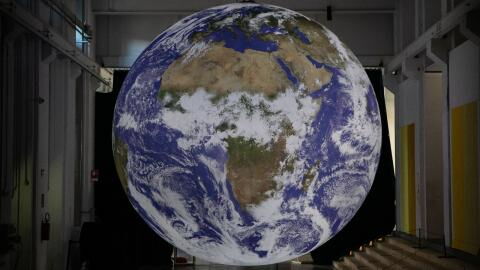It’s one of the most famous sights in the world. Yellowstone National Park in the United States is known for its many geysers, lined with beautiful shades of colour and almost unreal natural aura. A natural paradise indeed but one that has an angry temperament. The park is home to an infamous super-volcano that last erupted approximately 640,000 years ago.
Discover our latest podcast
To unravel the secrets of this monumental structure, scientists at the University of Utah had to do some research around the caldera of the volcano by using seismic imaging. By analysing the propagation of the waves within the structure, they managed to identify not one but two gigantic magmatic chambers buried in the depths of the park.
A model confirms the hypothesis
Since that discovery, colleagues of these American scientists have been busy putting together a model of how the chambers formed. This model was published in the publication Geophysical Research Letters. Using a simulation tool, installed on a super-computer, Ilya Bindeman and her team at the University of Oregon, managed to replicate the creation of the two magma reservoirs from the early days of their formation seven million years ago.
This numerical model, in addition to confirming the seismic analyses, revealed an unexpected structure. This “sill”, a more rigid layer of rock is in a slanted position between the two reservoirs. Less deformable, it forms a transition zone between the two chambers with more liquid magma.
Made up of gabbro, a rock resulting from the cooling of magma, this sill could measure up to 9 miles thick according to scientist’s estimates and could be located 32,000 feet below the park’s surface. It’s crazy to think that thousands of tourists walk over it every day.
The cause of volcanism in the park
Underground, this sill is allowing a stock of colossal pressure to build. This, if anything, would probably be the cause of any volcanism at Yellowstone. Ilya Bindeman stated:
We think this structure is what causes rhyolite and basaltic volcanism across the Yellowstone hotspot.
‘It’s the nursery, a geological and petrological meeting with eruptive products’ says the geologist. A point of view that nevertheless hypothetical. But the way it links with the seismic observations makes it increasingly likely that his theory is the correct one.
If confirmed, it may one day contribute to the prediction of volcanic eruptions. But it’s a science still very difficult to apply in that part of the world. Planning for the eruption of Yellowstone’s Super Volcano is crucial. If not managed, the disaster would trigger a real “volcanic winter”.















